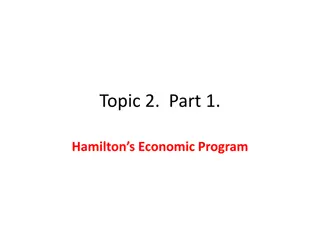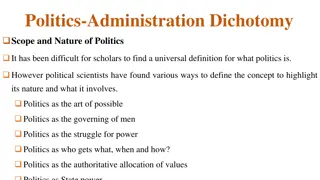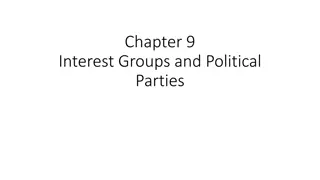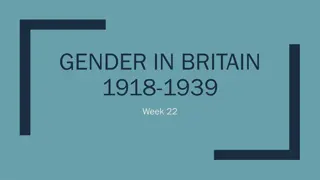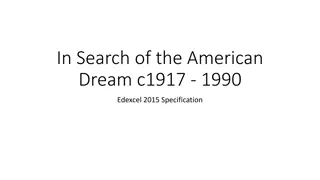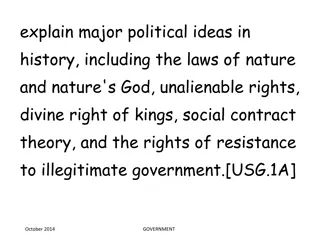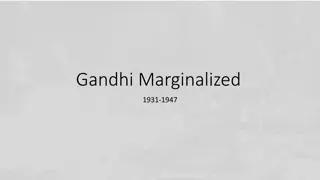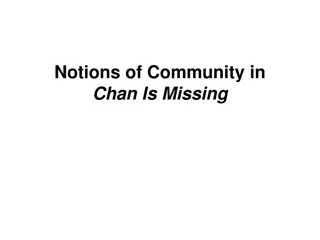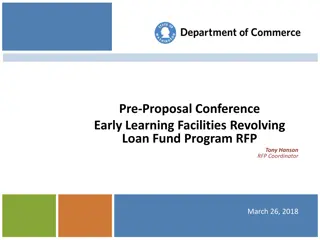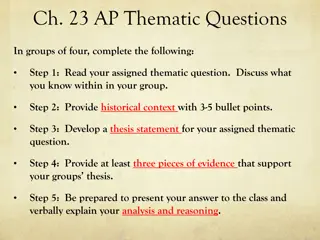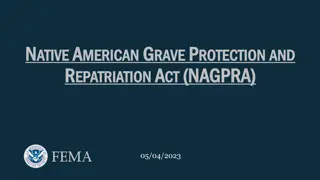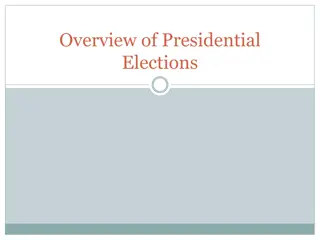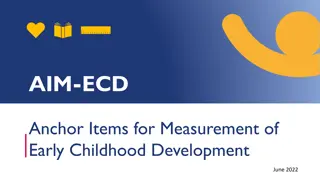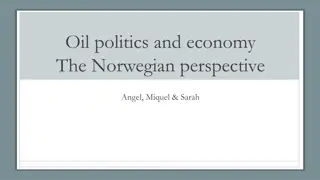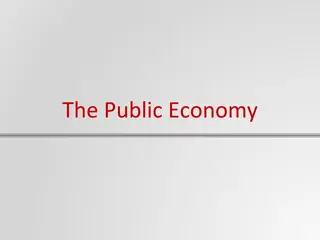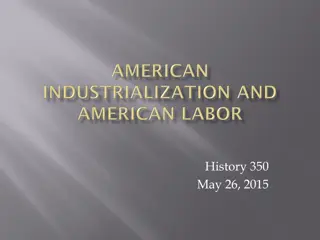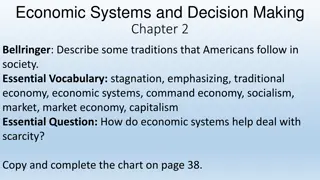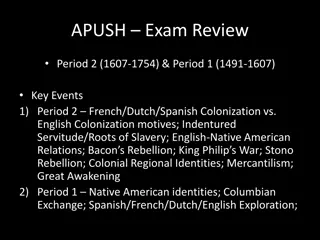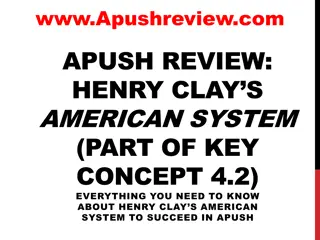Hamilton's Economic Program and Its Impact on Early American Politics
Hamilton's economic program, implemented in the late 18th century, set the stage for conflicts between different regions of the United States. His measures favored the Northeast over the South, West, and hinterlands, with income-based policies that did not sit well with Southern planters. The program included tariffs, assumption of debts, the establishment of a national bank, and excise taxes. The management of domestic and foreign debts, particularly with France and the Dutch, further highlighted the economic challenges faced during this period.
Download Presentation

Please find below an Image/Link to download the presentation.
The content on the website is provided AS IS for your information and personal use only. It may not be sold, licensed, or shared on other websites without obtaining consent from the author. Download presentation by click this link. If you encounter any issues during the download, it is possible that the publisher has removed the file from their server.
E N D
Presentation Transcript
Topic 1. Part 2. Hamilton s Economic Program
A.Hamiltons Economic Program Set the tone for later conflicts. Hamiltonian measures favored the Northeast vs. South + West + Hinterlands Income based except for Southern Planters. Hamilton: Despised farmers and regarded them as people of no particular importance. Jefferson: Believed men (farmers) habituated to think for themselves were easier to govern than city dwellers debased by ignorance, indolence, and oppression.
1. Tariffs (passed 1789) 2. Debt Assumption (Confederation Debt, 1790; State Debt, 1791) 3. National Bank (February, 1791) 4. Excise Taxes (March, 1791)
1. Debt Assumption (1791) Total Debt CC-Domestic (27.4 principle + 13.0 interest), CC-Foreign (10.1 principle + 1.6 interest), State 26.6; TOTAL CC and State = $78.7 million Annual Interest on the Bonds was about $2m yearly 1791-95 = government s total expenditures!! a. Continental Congress Debt (1790) i. Domestic Debt: $40.4m ($27.4 principal, $13 interest) Paid With 3 Types of Coupon Bonds ii.Foreign Debt: $11.7m ($10.1 principal, $1.6 interest) Paid With Specie to French and Dutch b. State Debt: $26.6m (1791)
Foreign Debt: $11.7m ($10.1 principal, $1.6 interest) 60% Was to the French, 40% to the Dutch Funds were borrowed from the Dutch between Dec. 1790 to Sept. 1792 to pay off the debt to the French. Because of depreciation of the French currency about 83% of the French debt was paid at full value.
Domestic Debt: $40.4m ($27.4 principal, $13 interest) Paid with 3 types of coupon bonds: 1) 2/3 of the Principal in 6% Coupon Bonds 2) 1/3 of the Principal in 6% Coupon Bonds deferred until 1800 3) 3% Coupon Bonds for the Arrears of Interest
State Debt: $26.6m (1791) 81% of the State Debt was paid, or $22m Paid with 3 types of coupon bonds (all for Principal + Interest): 1) 3/9 in 3% Coupon Bonds 2) 4/9 in 6% Coupon Bonds 3) 2/9 in 6% Coupon Bonds Deferred until 1800
Importance of Bonds -- In Nov. 1790 6% bonds worth $68.75, 6% deferred worth$28.75, and 3% bonds $35.42 (Market price per $100 face value) -- By late 1792 the 6% Bonds for Continental and State Debt were trading near par. This is Important Because these were negotiable securities and could be used to finance business transactions.
1. National Bank (1791 1811) a. Purpose i. Supply Paper Notes for Commercial Transactions (the U.S. government only issued gold and silver coins) ii. Short Term Loans To Government iii. Repository for Government Funds iv. Loans to Individuals so they Could Pay Taxes
a. Madison and Jefferson Claim It is Unconstitutional. Government not empowered to CHARTER Corporations! Attorney General Randolph equivocated. Hamilton Prevails. Congress has power to regulate Currency, therefore implied power to establish Bank to ISSUE Currency. Washington decided in favor of Hamilton. He tended to side with the staff officer who had authority over the subject matter area. Passed in House by 39 20, 36 of the 39 came from commercial areas, 19 of the 20 were from the South b. 20 Year Charter c. $10m in Capital: $8m Private, $2m US
1. Excise Taxes (March 1791) a. Annual Interest on Bonds was approx. $2m yearly 1791-1795 or one-half Government Expenditures
Whiskey Tax and Whiskey Rebellion (1794)Opposition was strong in Western PA because it was easier to ship Whiskey than the grain and with hard money scarce, Whiskey was a medium of exchange. Hence, many viewed it as a tax on money!Violators were to stand trial in federal court. The nearest to Pittsburgh was Philadelphia, 350 miles by rough road! Later Congress permitted state Courts to hold the trials.
Uprising in July, 1794 when federal marshals came to WPA with arrest warrants.A 13,000 man militia organized in August, 1794 to put down the Whiskey Insurrection . Hamilton rode west with the troops and Washington came out to Carlisle, PA to inspect. No organized opposition. About 100 men rounded up, 2 convicted of Treason and sentenced to death, but Washington eventually pardoned them. Irony was that the cost of collection > receipts, especially by 1794.
Excise Taxes on Salt, Coal, Boots, Shoes, etc., used to pay Interest on Debt Hamilton's Policies Favored New England and Coastal Cities at Expense of Interior Farmers
Tariffs (passed 1789) 1789 - 1860 Over 90% of U.S. Government Revenue From Tariffs A Tariff is a Tax Paid by Consumers on Imported Goods




